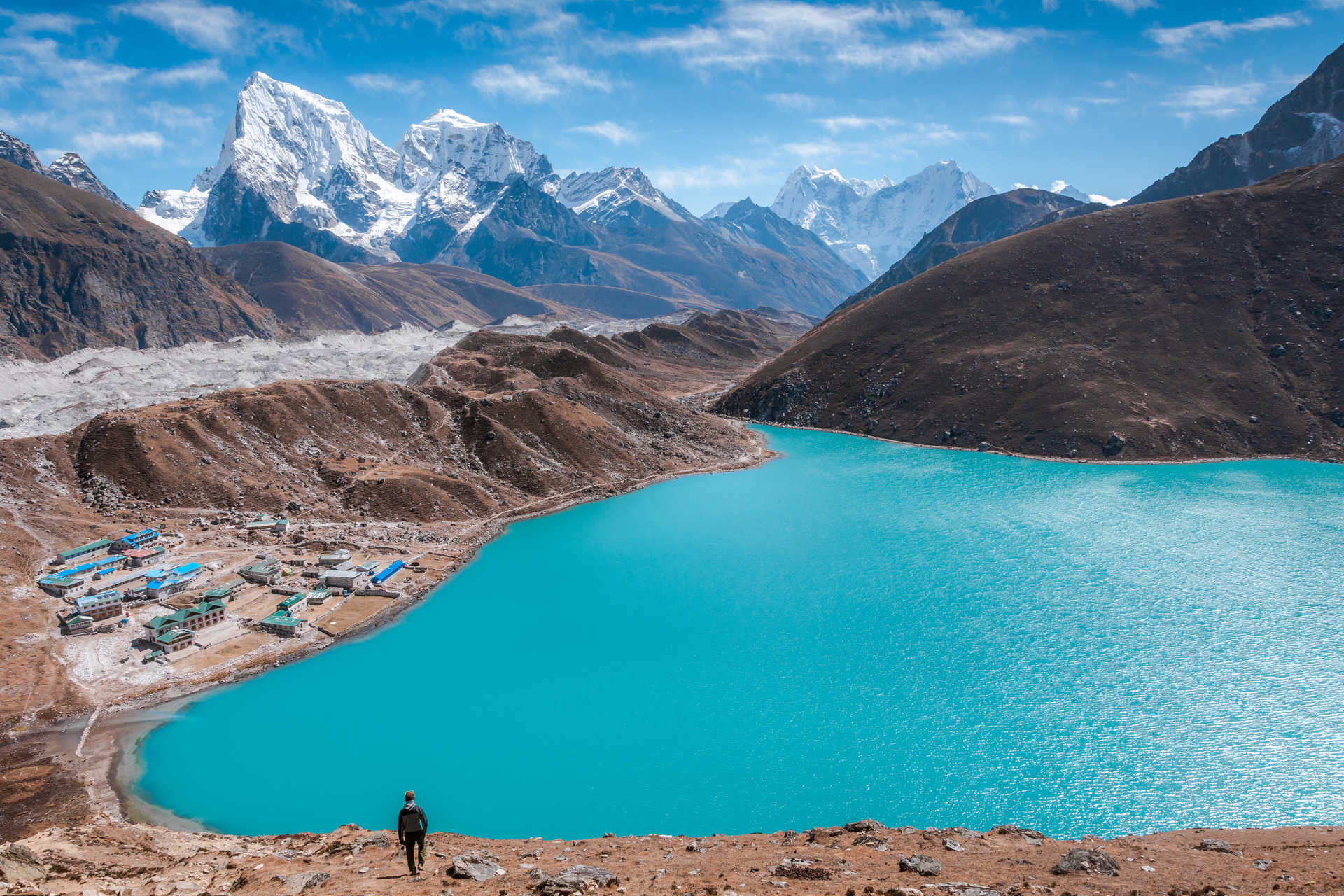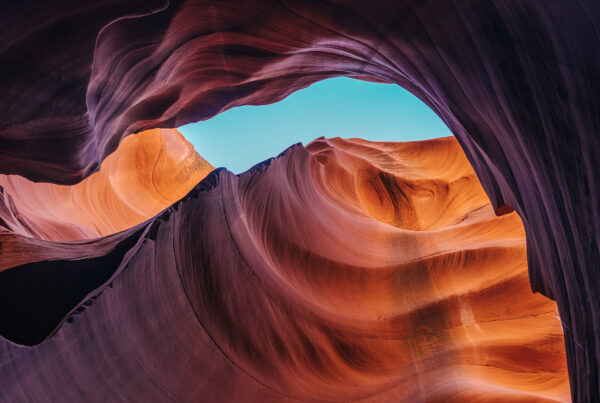High above the bustle of the valleys, where snow-peaks meet sky and the air grows thin, lie some of Nepal’s most extraordinary water bodies are crystal lakes, glacier-fed pools, and alpine tarns that shimmer under the sunlight. Let’s journey into this rarefied world, discover their stories, understand their magic, and reflect on what they mean for nature and us.
Why “Sun-Kissed Water” Matters
These high-altitude lakes and glacier-fed water bodies carry a special kind of wonder:
- They are formed where sky meets ice meets water creating shimmering blue, turquoise or emerald surfaces that reflect the mountains, clouds and sun in dramatic fashion.
- They sit in remote, elevated terrain (often 3,000 m + above sea level), which means the environment is pristine, fragile and imbued with a sense of other-worldliness.
- They are not just scenic; they are alive with hydrological, ecological and cultural significance. Feeding rivers, sustaining mountain ecosystems, and in some cases holding important spiritual meaning.
- But at the same time, they are changing thanks to climate shifts, glacial retreat and the pressures of tourism and local development. Recognising them intimately means appreciating them responsibly.
Highlight Water-Bodies & What Makes Them Unique
Below are three standout mountain water-bodies in Nepal, examples of this “sun-kissed” category that you might choose to explore or write about on Do in Nepal.
1. Tilicho Lake (Annapurna Region)

- Elevation: around 4,919 m above sea level.
- Glacial lake in Manang district, part of the Annapurna range.
- Known for its dazzling turquoise waters, intense altitude, and backdrop of snowy peaks like Nilgiri and Khangsar.
- Cultural / mythic layer: Sometimes identified with the “Kak Bhusundi Lake” of the Ramayana epic in local folklore.
Why it exemplifies sun-kissed water: At such altitude the air is thin, the sun’s rays strong, the water surface stands starkly against snow—creating a visual spectacle of “light on high mountain water”.
What to know if you visit: The trek is challenging (due to altitude), the environment is fragile, so acclimatise, respect local ecology, and choose appropriate season (spring or autumn preferred).
2. Gokyo Lakes (Everest Region, Sagarmatha)

- Altitude: between about 4,700 to 5,000 m above sea level.
- Located in the Solukhumbu District within the UNESCO-protected Sagarmatha National Park.
- A system of several lakes (six main ones) fed by glacier melt, perched among Himalayan peaks.
The view: Water surfaces mirror the towering mountains (including Everest region peaks)—sunlight plays on the water and snow simultaneously.
Significance: Apart from the visual, they are cold-water environments, hydrologically vital, and part of culturally sacred landscapes.
Visitor tip: Access requires trekking in remote terrain, respect for high-altitude conditions, and planning for weather changes.
3. Tsho Rolpa (Rolwaling Valley, Dolakha)

- Elevation: around 4,580 m above sea level.
- Among the largest glacial lakes in Nepal, located in the Rolwaling Valley.
- Why sun-kissed: It sits high in the mountains, the sun illuminates the expansive lake surface, the surrounding glaciers and peaks add dramatic contrast between ice and liquid, shadow and shine.
Also a reminder: This lake carries risk of glacial lake outburst floods (GLOFs) due to its moraine dam.
Implication: Visiting such places invites awe but also awareness of fragility and change.
The Magic Behind the Water
What gives these high-altitude water bodies their enchantment?
- Light + altitude + clarity: At high elevation, the sun is stronger, the air thinner, which means more intense light. Clear glacial waters reflect that beautifully.
- Reflections of sky and peak: The mountains and the sky mirrored on ultra-clear water surfaces create surreal views.
- Contrast of elements: Stone, ice, snow, water—meeting in one frame. The shifting condition of sun and shadow makes each moment unique.
- Spiritual & cultural resonance: Many mountain lakes in Nepal are sacred (for Hindus & Buddhists) or tied to local myth. This adds a layer of meaning to the beauty.
- Sense of remoteness & purity: Being far removed from major development, high lakes have a stillness and clarity often lost in lower altitudes—this enhances the perceptual “magic”.

Why They Matter Beyond Beauty
- Water-source importance: Glacial lakes feed rivers, support downstream ecosystems and communities. For example, the Gokyo‐lake system contributes to the Dudh Kosi river headwaters.
- Climate-change indicators: These lakes are dynamic—they change as glaciers retreat, snowlines shift, average temperatures rise. The size or growth of a glacial lake can signal evolving environmental conditions.
- Hazard potential: Some lakes (like Tsho Rolpa, Imja Tsho) are at risk of glacial lake outburst floods (GLOFs) due to unstable natural dams.
- Ecological niches: Though waters may be cold and life sparse, they still play roles in alpine ecology—habitats for specific species, influences on downstream biodiversity, and thermal regulation of mountain valleys.
- Tour‐experience & education: Visiting helps people connect to high-mountain water systems, appreciate global water-cycles, and foster respect for fragile environments.
How to Explore Responsibly
Since you’re writing this for Do in Nepal and likely inspiring others to visit, here are responsible tips:
- Acclimatise and respect altitude: Even if the lake looks accessible, 4,000 m+ is serious altitude. Spend time at lower elevations and be aware of altitude sickness.
- Choose seasons wisely: Spring (April-May) and Autumn (Sept-Nov) are often the best for trekking clarity and safer weather in Nepal’s high zones. Some lakes may be frozen or inaccessible in winter.
- Stay on trails: Many high-altitude ecosystems are extremely fragile. Trails minimise erosion, protect vegetation and avoid disturbing wildlife or water-edge habitats.
- Pack out your waste and leave no trace: High-altitude lakes can remain pristine only if we maintain them so. Even biodegradable items decompose slowly in cold alpine zones.
- Learn local significance: Talk to the local communities—many lakes have mythic or spiritual meaning. Knowing this deepens the experience and fosters cultural respect.
- Check local conditions: Weather shifts fast; snowmelt may affect trails; some lakes pose natural hazards. Use local guides, check updated information.
- Document gently: The shimmering waters and sun-lit surfaces are perfect for photography, but avoid disturbing natural features (e.g., stepping into fragile shorelines) just to get a shot.

When you venture closer to these “sun-kissed waters” of the Himalayas, you’re not just witnessing scenery, you’re entering a realm where ice-melt becomes lake, sun becomes shimmer, mountain becomes mirror. These high-altitude lakes offer both visual delight and deep reflection on nature’s power, beauty and vulnerability.



